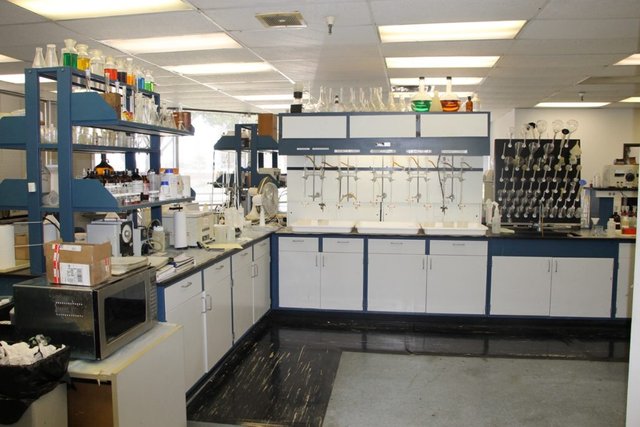Proper Water Temperature for Metal Plating Baths

Achieving durability and corrosion resistance in metal finishing is paramount across various industries. Techniques such as aluminum anodizing, electroless nickel plating, cadmium plating, and hard chrome plating are indispensable. Here's a closer look at these techniques, the chemistry involved, the importance of temperature control and water purity, the role of chemical laboratories, and the significance of reliable supply partners.
Aluminum Anodizing
Aluminum anodizing is a widely used technique to create a protective oxide layer on aluminum surfaces. This process enhances corrosion resistance and provides an aesthetic finish. It involves immersing aluminum components in an acidic electrolyte solution containing sulfuric acid. An ac to dc plating rectifier supplies electrical current to drive the formation of the oxide layer. Maintaining optimal temperature ensures uniform coating thickness and quality, usually achieved with immersion water heaters.
Electroless Nickel Plating
Electroless nickel plating deposits a nickel-phosphorus alloy layer onto substrates without external electrical power. Instead, the plating bath contains chemical reducing agents triggering the deposition reaction. Proper pH levels and temperature are crucial for consistent plating results. Chemical laboratories analyze and adjust plating solutions to ensure optimal performance.
Cadmium Plating
Cadmium plating provides exceptional corrosion resistance, particularly in aerospace and marine applications, despite environmental concerns reducing its use. This process involves immersing substrates in baths containing cadmium salts. Precise control over bath composition, temperature, and current density is necessary for uniform coating thickness and adherence. Chemical analysis in laboratories ensures compliance with environmental regulations and quality standards.
Hard Chrome Plating
Hard chrome plating is renowned for its hardness and wear resistance, ideal for industrial applications. Chromic acid solutions are electrolytically used to deposit chromium onto substrates. Temperature control prevents hydrogen embrittlement and ensures proper adhesion of the chrome layer. Chemical laboratories monitor bath composition and perform tests to maintain plating quality.
Plating Bath Chemistry
Plating baths contain various chemicals facilitating plating reactions. Nickel plating chemicals often involves nickel sulfate, nickel chloride, and reducing agents like sodium hypophosphite. Electroless nickle plating shops are now using One-Plate as a base for their conversion coating solutions. Cadmium plating baths typically contain cadmium sulfate or cadmium cyanide. The precise composition of these baths depends on the specific plating process and your desired outcome.
Temperature Control and Water Purity
Temperature control influences plating rate and final product quality. Immersion water heaters maintain desired bath temperatures. Water purity is crucial to prevent contamination, ensured through water purification systems, maintaining plating solution integrity.
The Role of Chemical Laboratories
Chemical laboratories are vital for quality control, process optimization, and R&D in metal finishing companies. Equipped with spectrophotometers, pH meters, and analytical balances. Lab equipment for plating companies enable chemists and engineers to monitor and adjust plating processes to meet stringent quality standards.
Importance of Consultative Supply Partners
Reliable supply partners are essential for consistent and high-quality supply of chemicals, equipment, and consumables. They understand metal finishing companies' needs and offer tailored solutions, including technical support and training, enhancing efficiency and productivity.
Metal finishing techniques such as aluminum anodizing and the anodizing equipment used, electroless nickel plating, cadmium plating, and hard chrome plating play a vital role in enhancing the durability and functionality of metal components. Plating baths containing specialized chemical solutions are central to these processes, with temperature control and water purity being critical factors. Chemical laboratories support metal finishing companies in ensuring quality and innovation, while reliable supply partners contribute to the efficiency and success of plating operations. By understanding and harnessing these elements, metal finishing companies can deliver superior products to meet the demands of various industries.